During our last visit to Shanghai, we got the chance to visit one of Shanghai’s finest Western-style garden villas which was restored by the Italian luxury fashion house Prada in 2017.
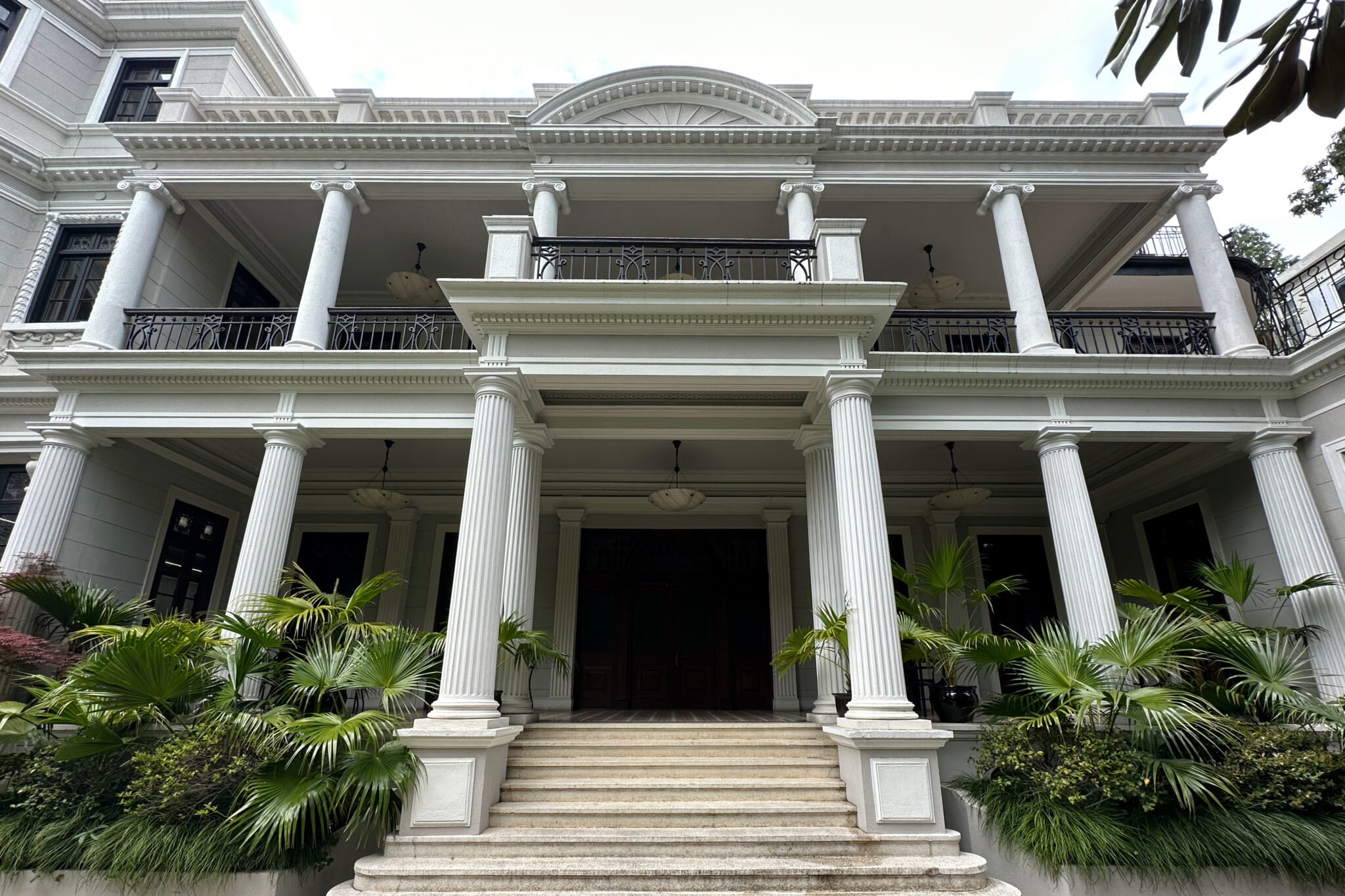
Rong Zhai (荣宅) villa is named after its notable former owner Yung Tsoong-King (Rong Zongjing in the pinyin system), whose family resided here through the 1920s and 30s. The structure is a distinguished mansion rising from lush gardens on one of the city’s prime historic streets.

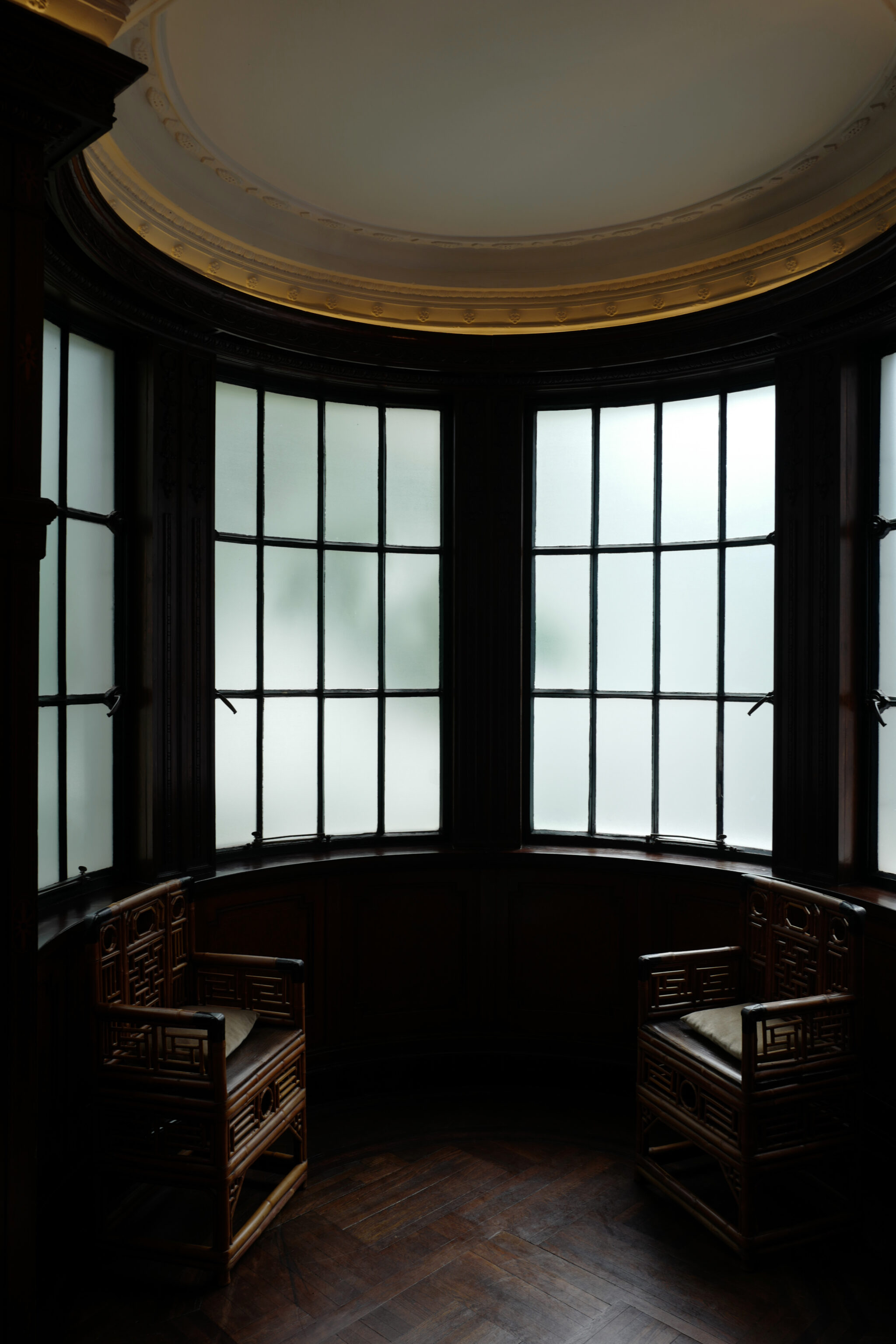
Yung Toong-King (1873-1938) was a famous tycoon known as the Flour King of China and remembered as a self-made entrepreneur with strong ties to Shanghai and the surrounding area. In 1900, he and his younger brother Yung Desheng established three flour and cotton yarn businesses centred on the Suzhou River: Mow Sing, Foh Sing, and Sung Sing. Together they formed the San Sing (Three New) Enterprise, headquartered in Shanghai. By 1936, the empire comprised twenty-one factories. Beyond his businesses, Yung applied a civic spirit to advancing the local economy, transportation, education, and culture around his hometown of Wuxi.
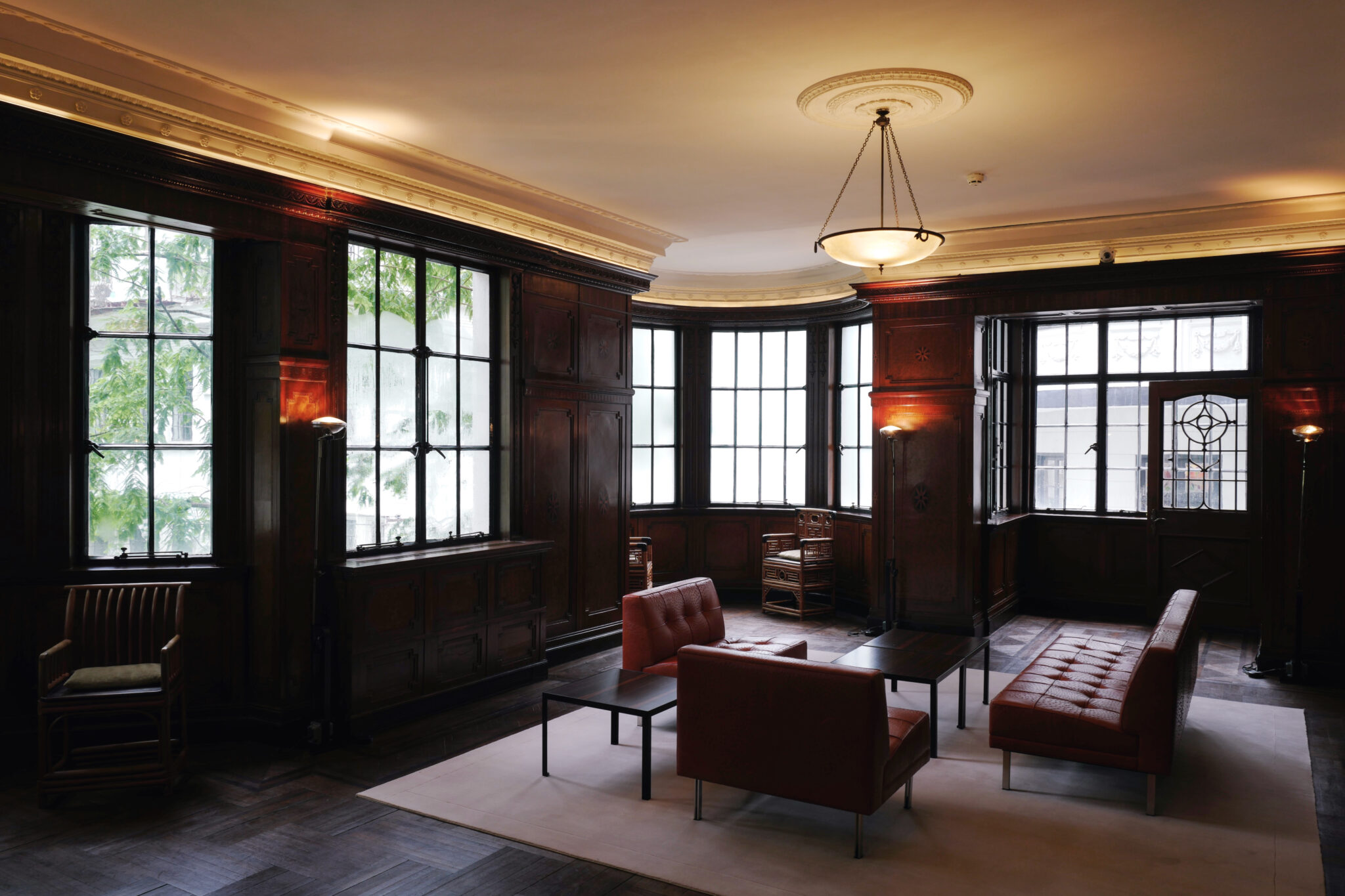
Rong Zhai is located at 186 North Shaan Xi Road in a historically affluent residential neighbourhood of Jing’an, Shanghai. The first formal plan for the Western-style building was from 1910; Yung purchased the mansion in 1918 and commissioned celebrated designer Chen Chunjiang to remodel it. The interiors with their Art Deco embellishments are nothing short of stunning.
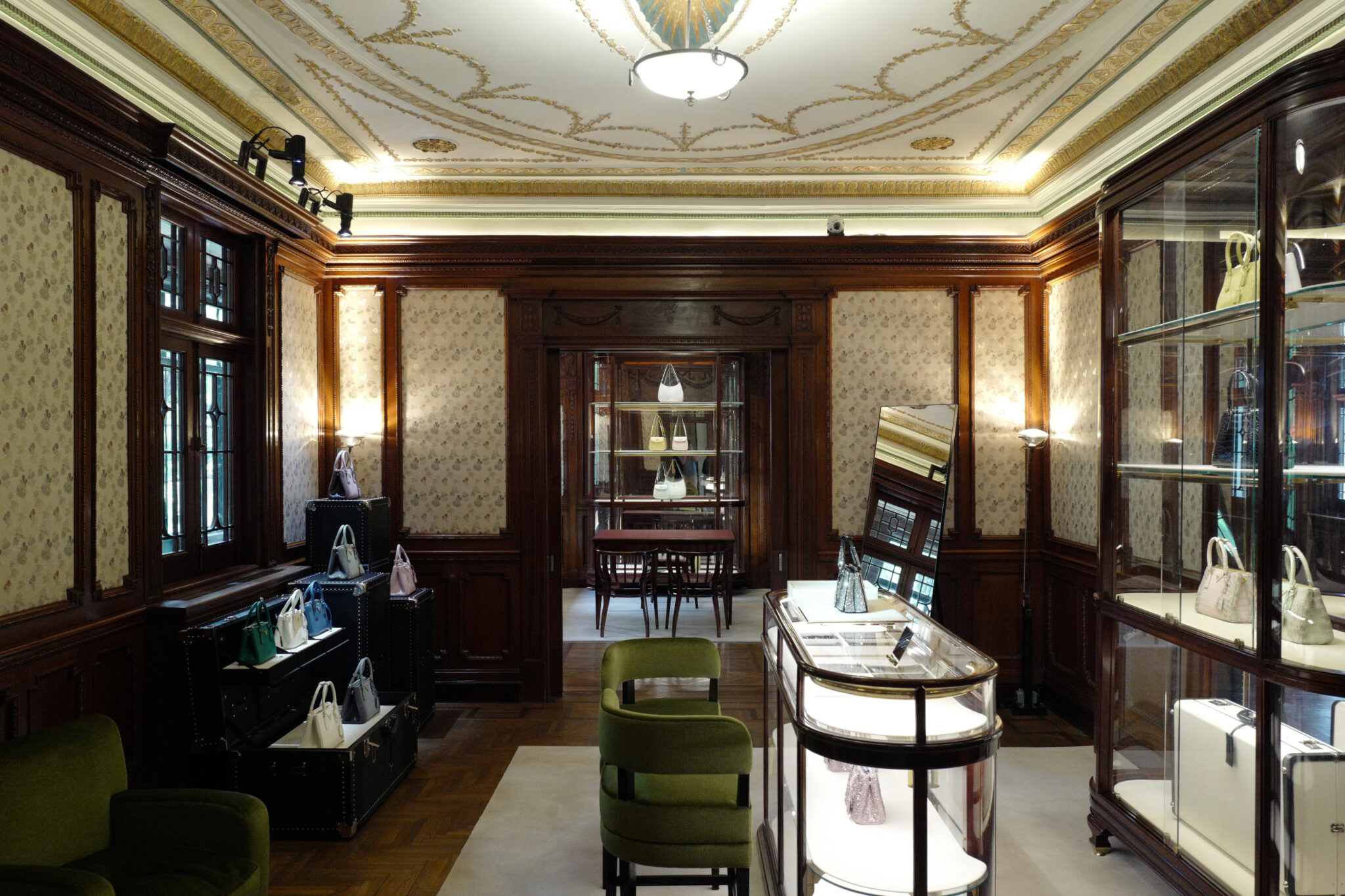
The massive residence was well suited for Yung’s large family (Mrs. Yung and seven children) and a very social place, frequently visited by important locals for business meetings and formal gatherings. But Yung’s vibrant occupancy of Rong Zhai came to an end with the Second Sino-Japanese War.
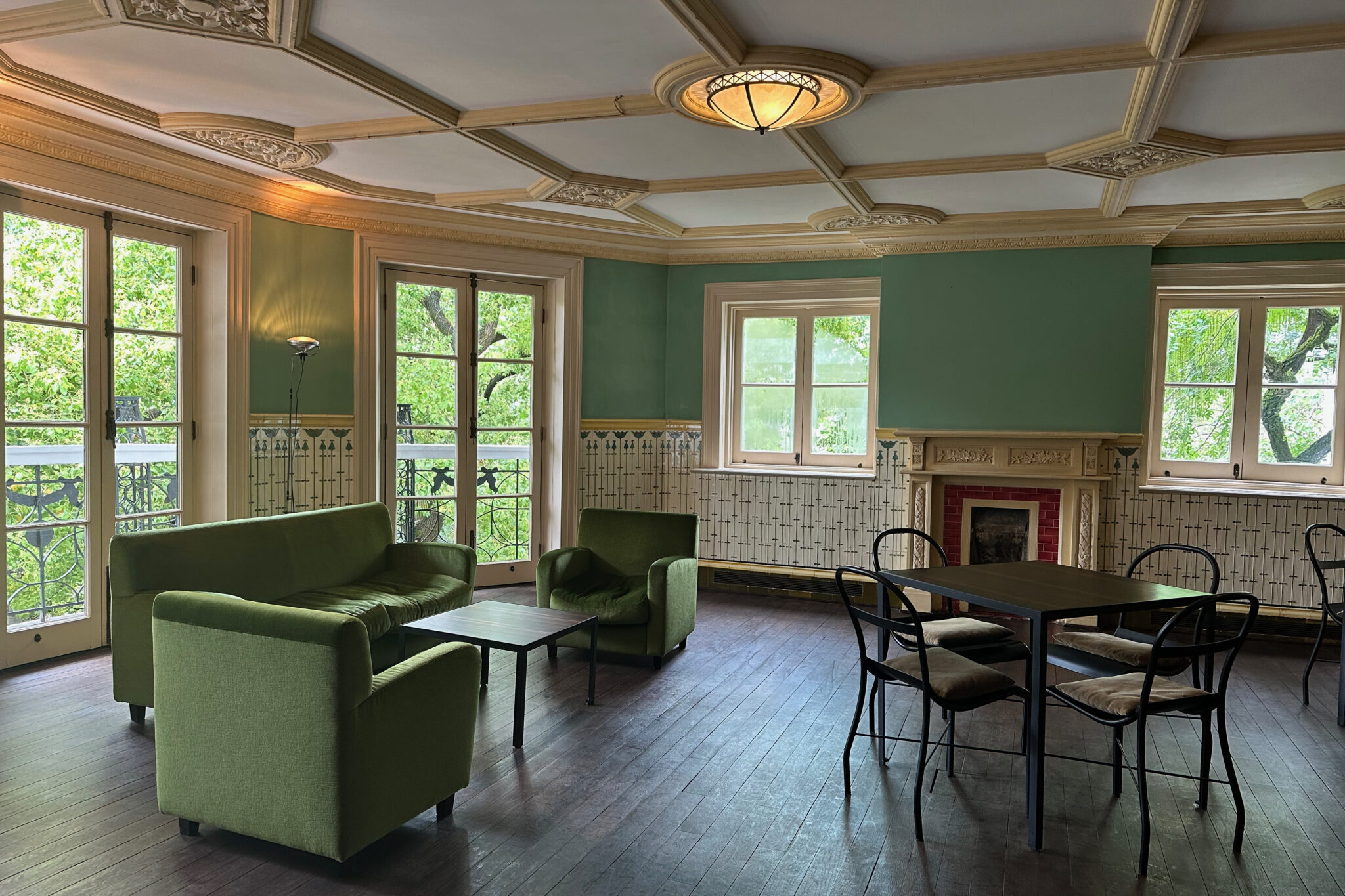
With his investments reduced to ashes, he suspended business operations and departed on January 4, 1938, for Hong Kong, where he passed away barely a month later.
Restoration
To revitalize this unique structure, Prada engaged Architect Roberto Baciocchi from Arezzo, Italy to oversee the restoration of the structure alongside a select group of Italian artisans.
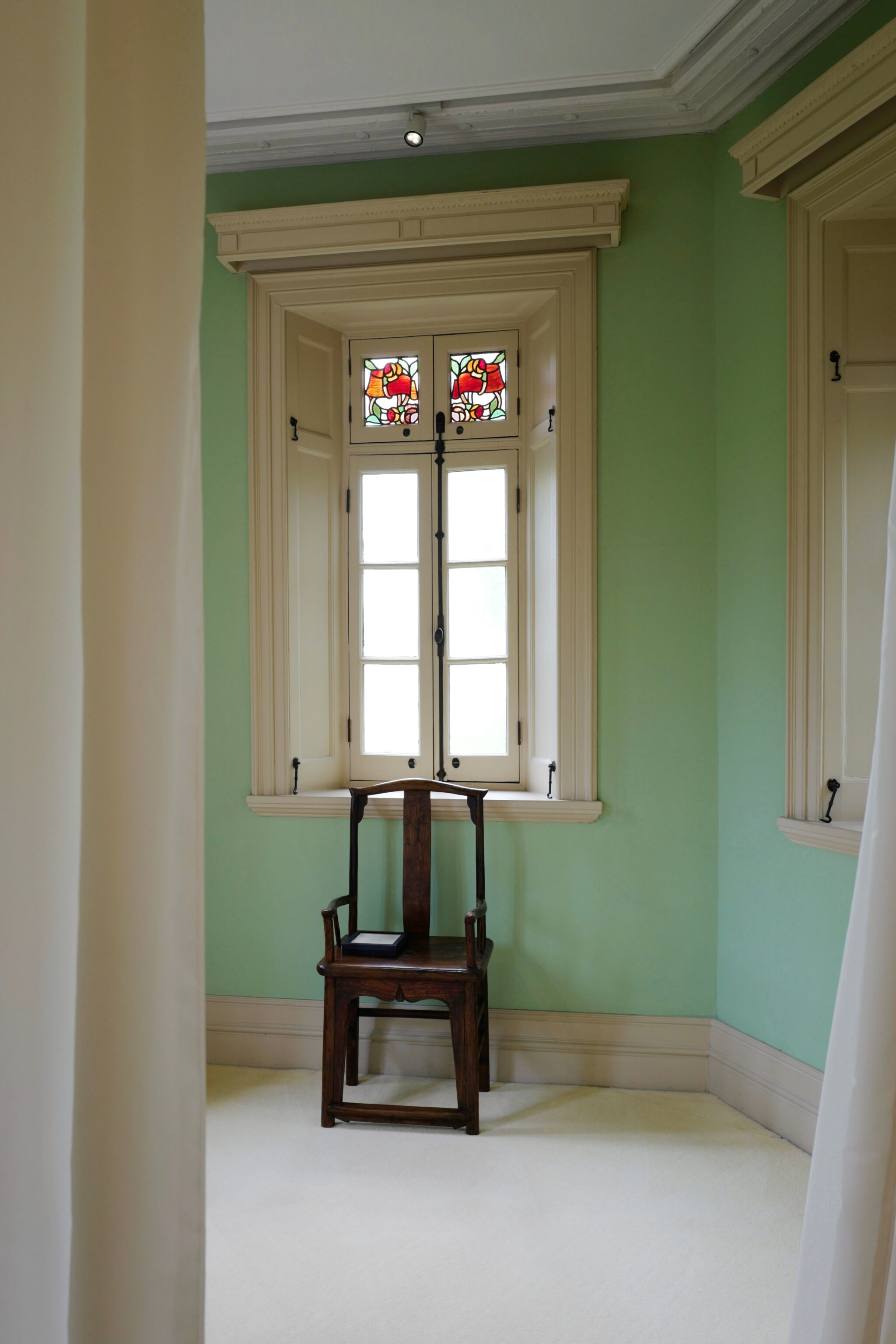
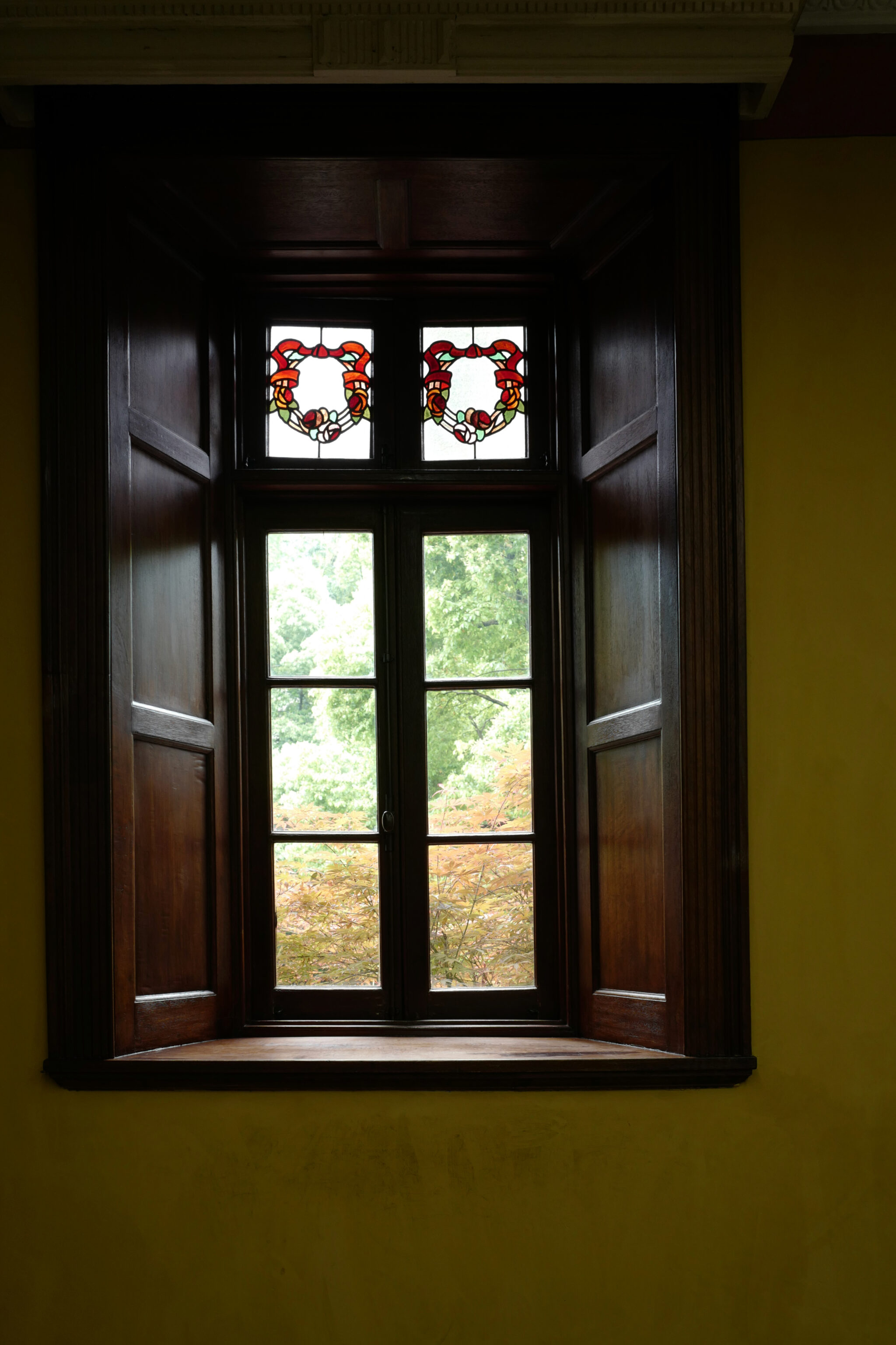
For a residence of its date and type, Rong Zhai was generally well preserved as a structure, however, the interiors and ornate decorative features required painstaking cleaning, repair, preservation, and in some cases reproduction.
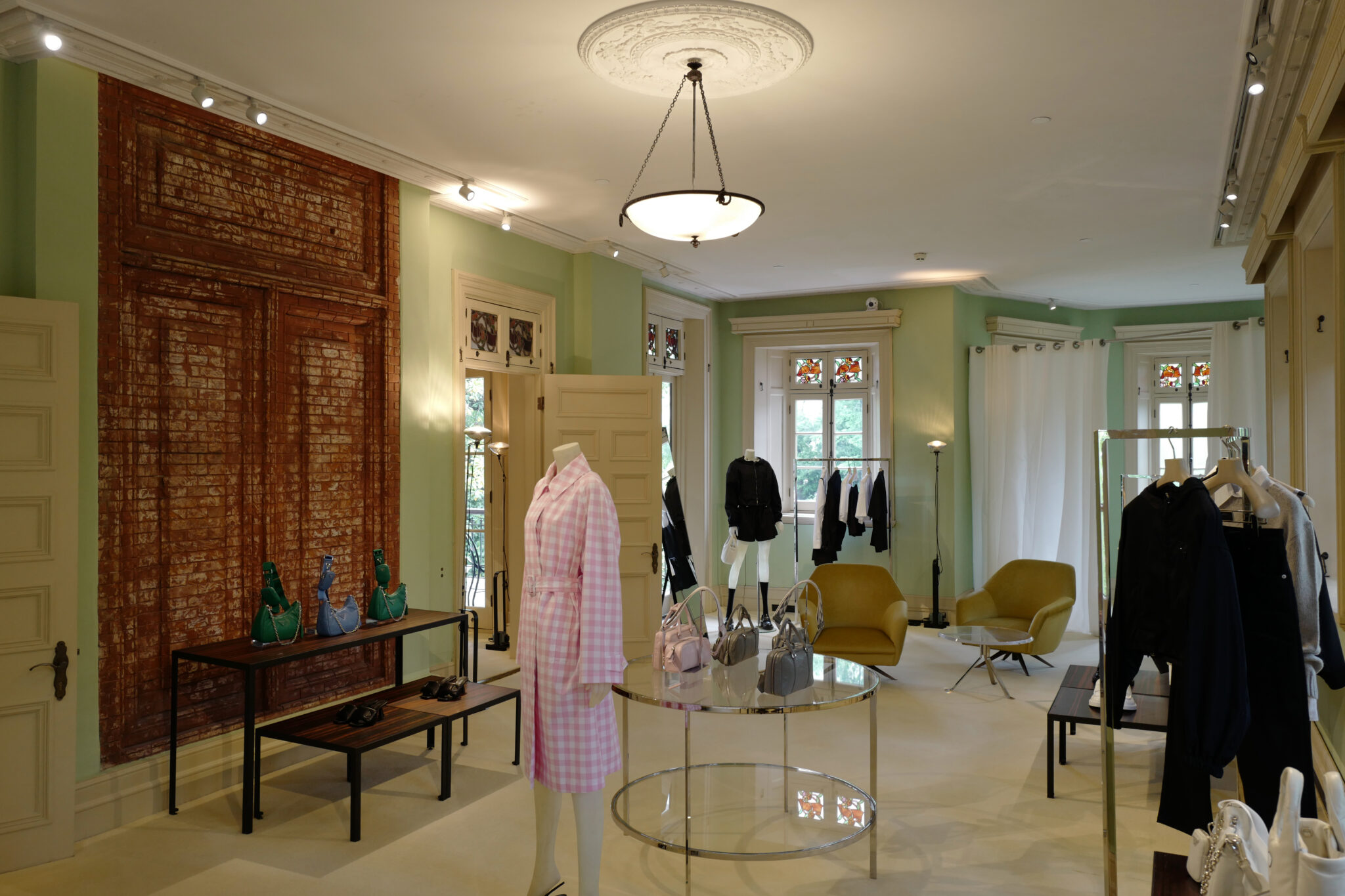
Knowledgeable care for original materials and processes allowed the team of artisans to emulate their predecessors, whose names are unknown but whose work is brought back to life.
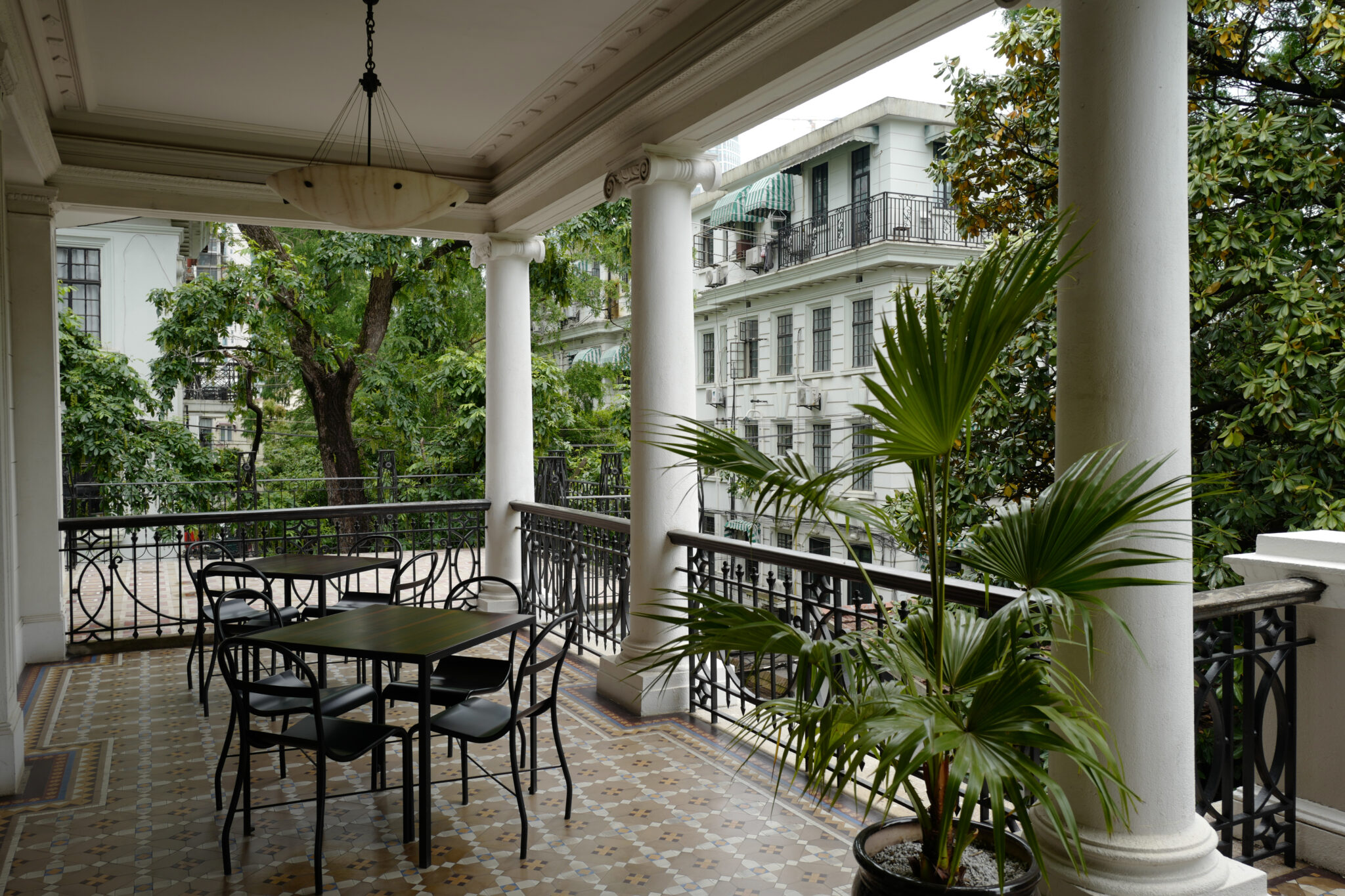
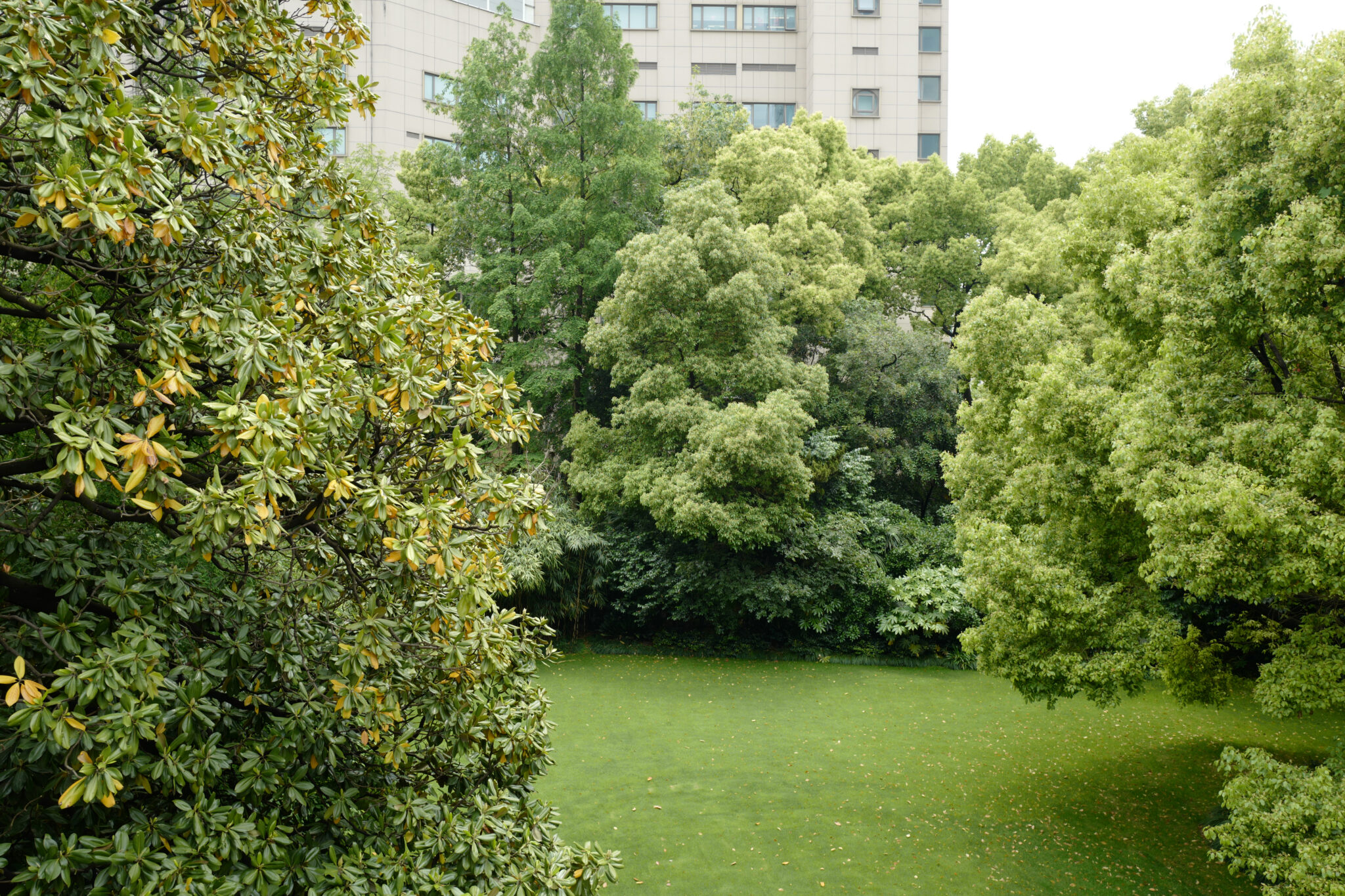
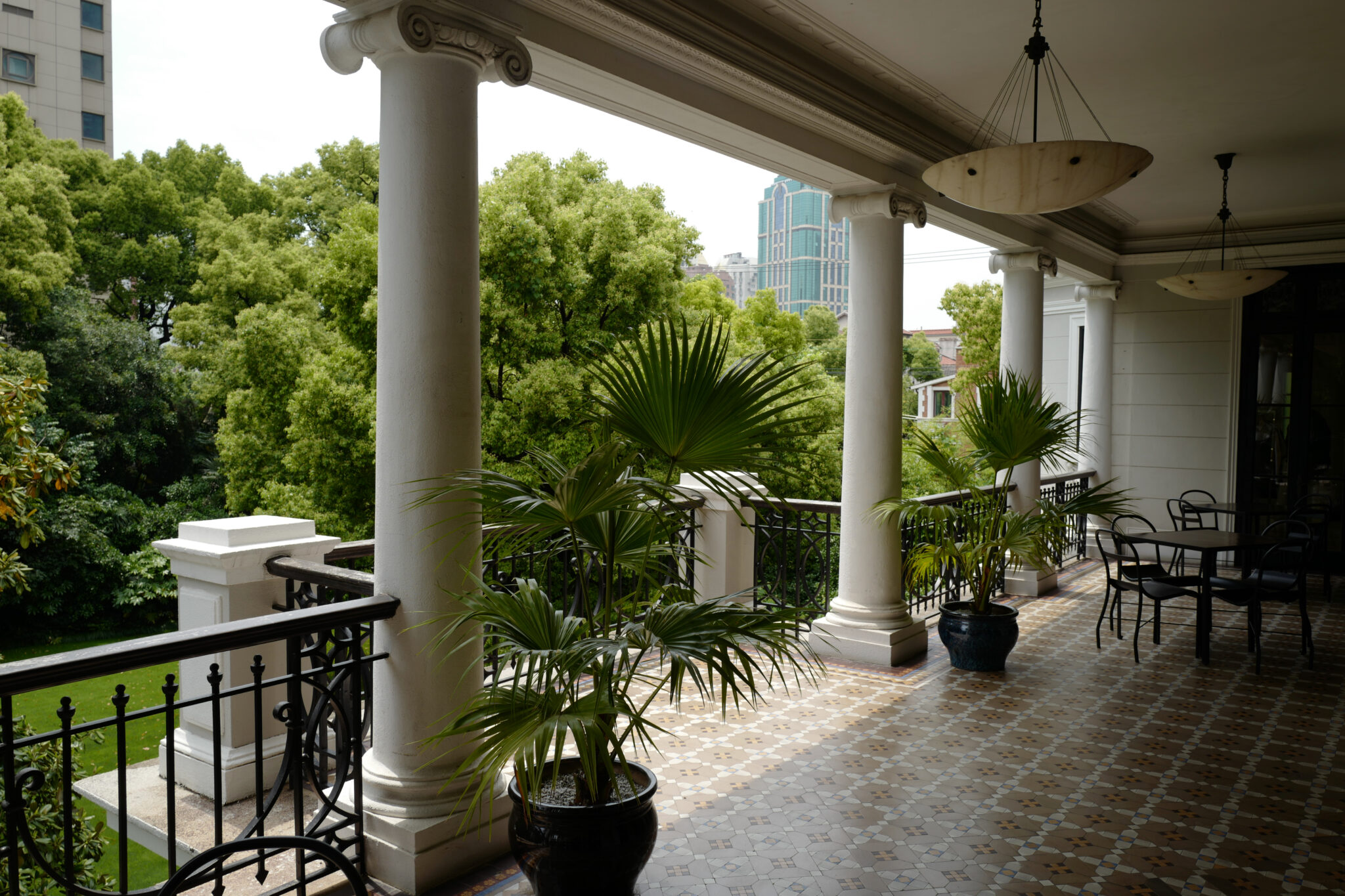
The meticulous restoration process involved replacing any damaged or missing tiles by carefully replicating the original enamel and encaustic tile manufacturing techniques.
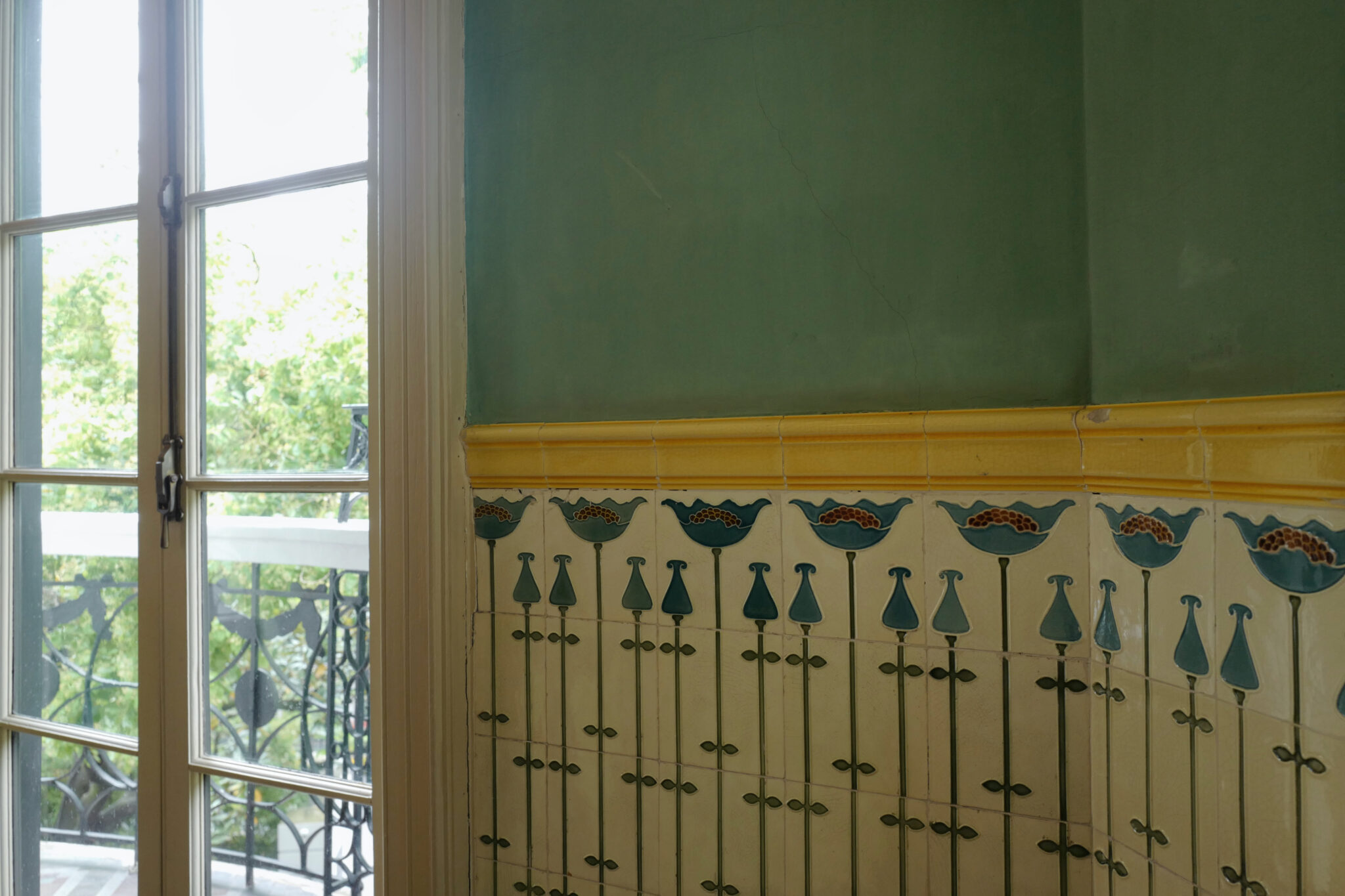

In total, approximately 1,600 tiles, which were either damaged or missing, were successfully replaced during the two-year restoration period.
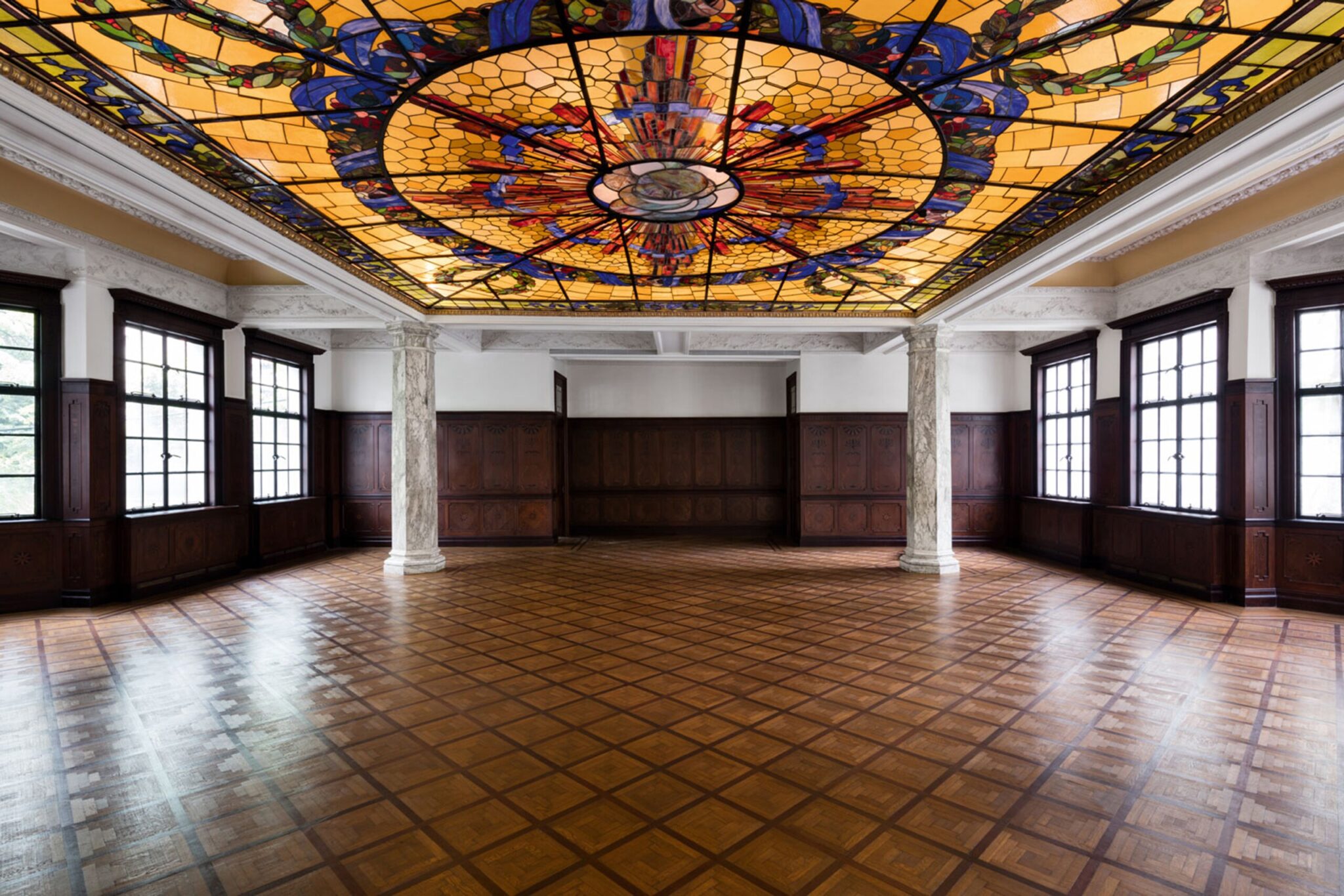
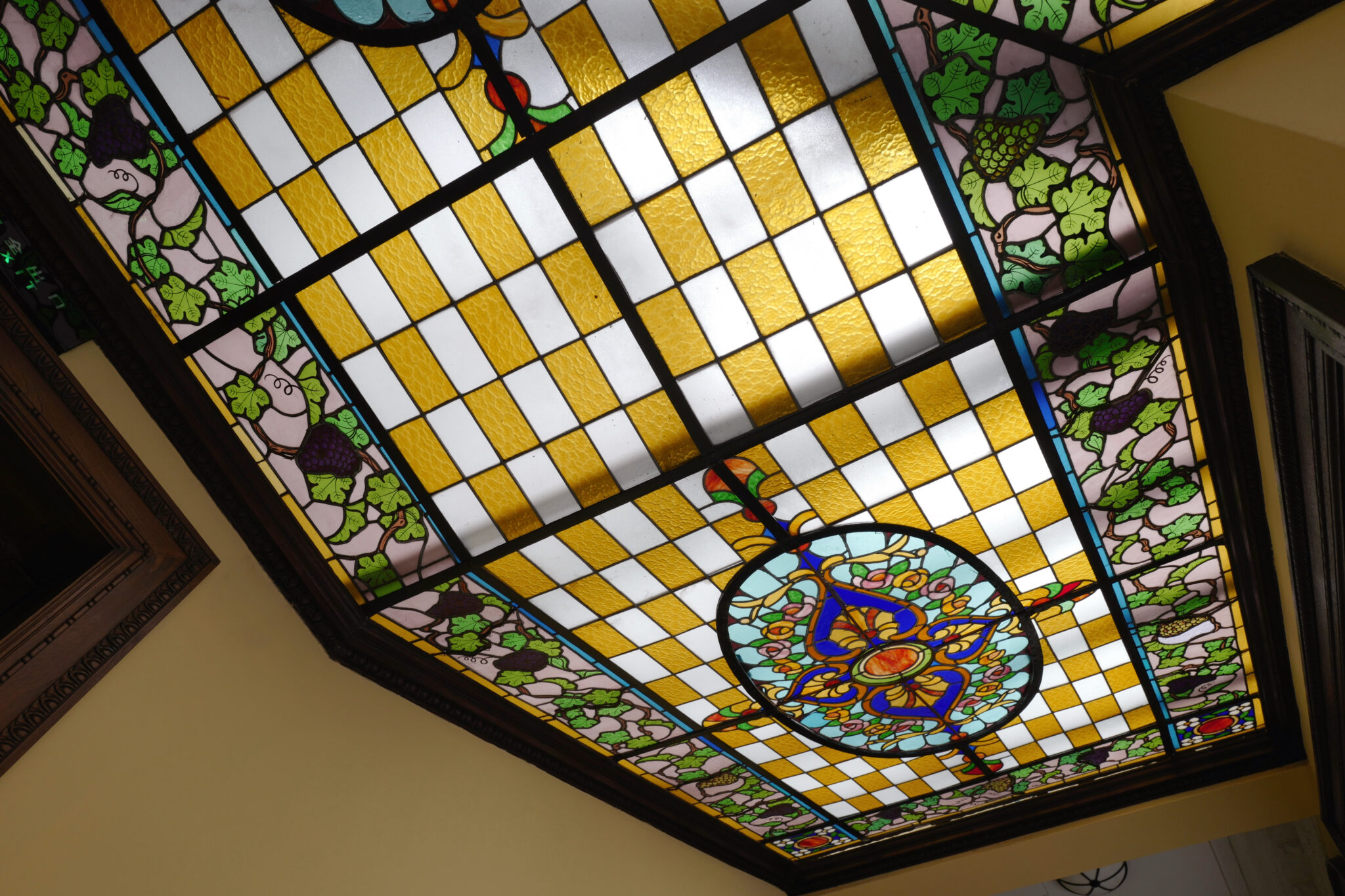

The residence features noteworthy stained-glass windows that blend classical elements with motifs from the Art Nouveau and Art Deco periods. A standout example is the skylight in the ballroom, comprised of 69 panels.
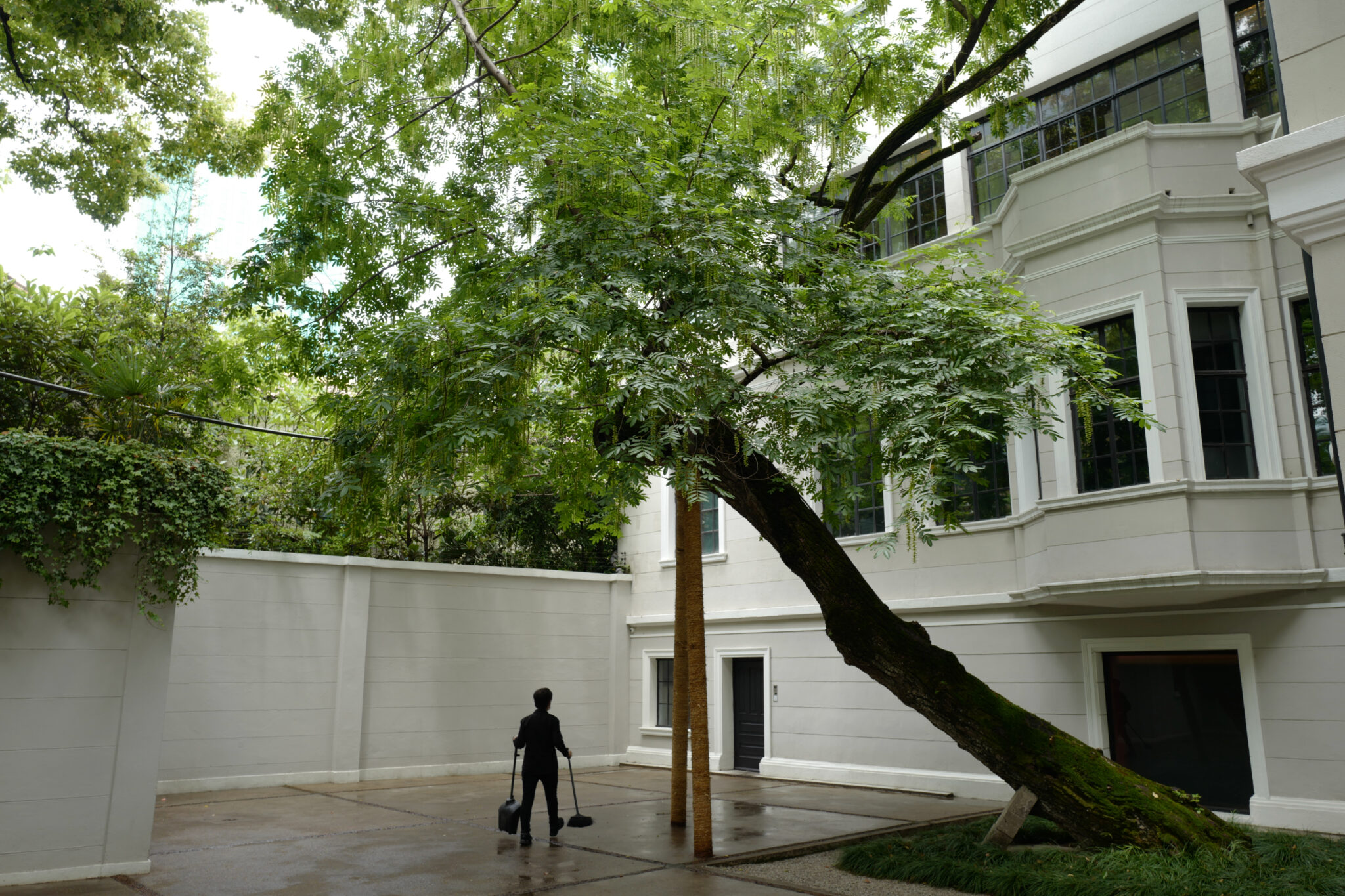
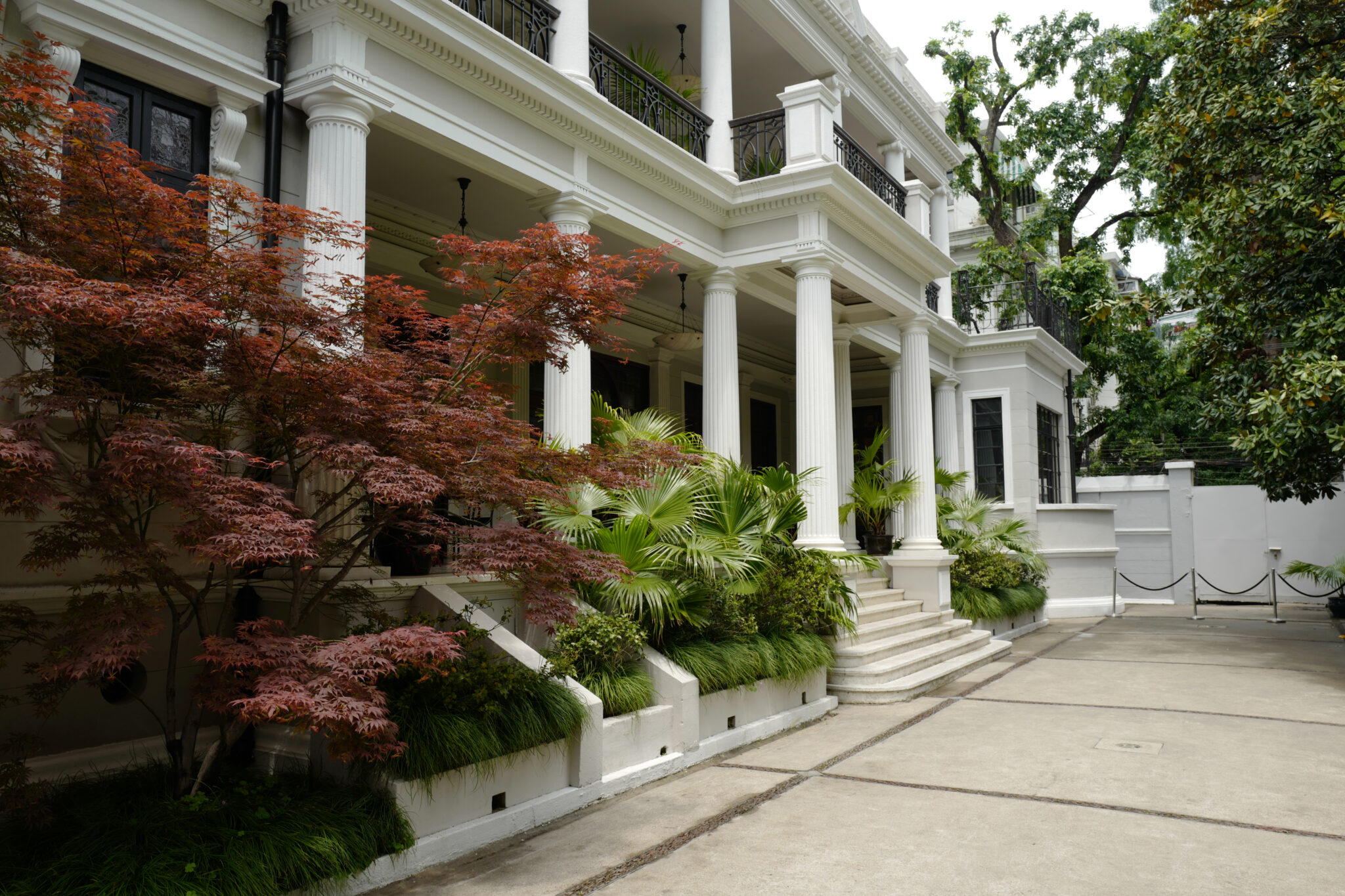
Unveiled in October 2017, Prada Rong Zhai is today both a showroom as well as a space for events and exhibitions. While one can question the motives of Prada behind such a project there is no question that a loving restoration has taken place.
Guided tours can be booked in advance to view the house.

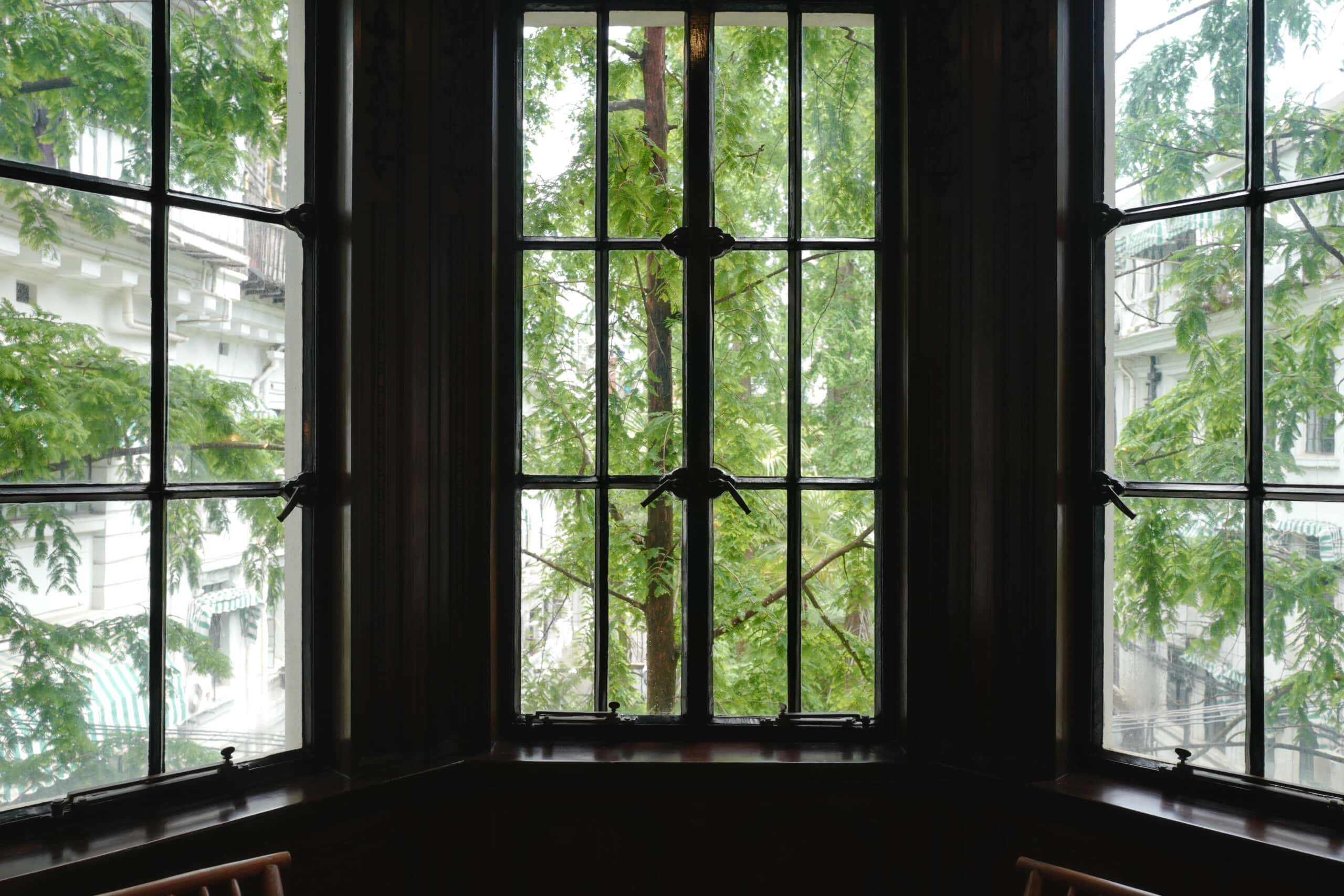
Reply